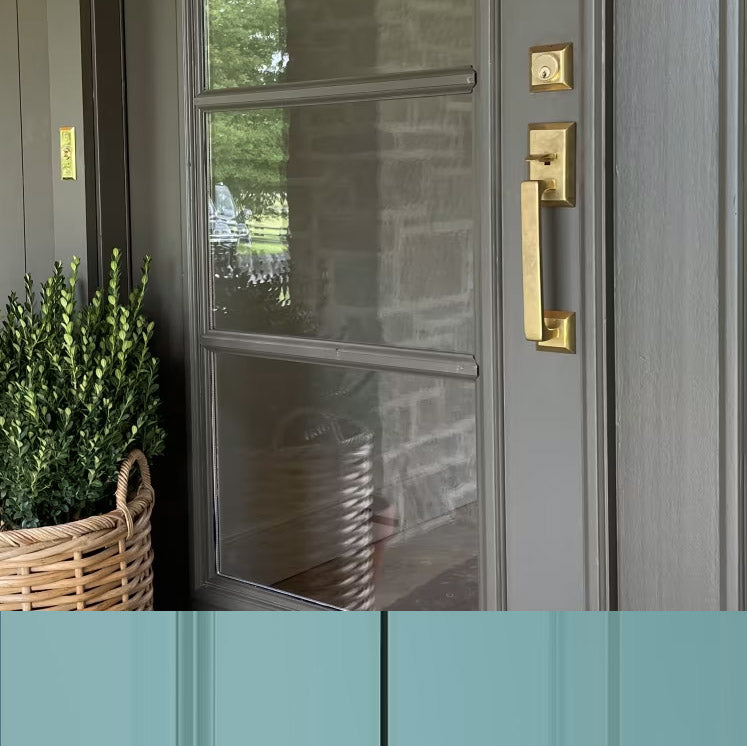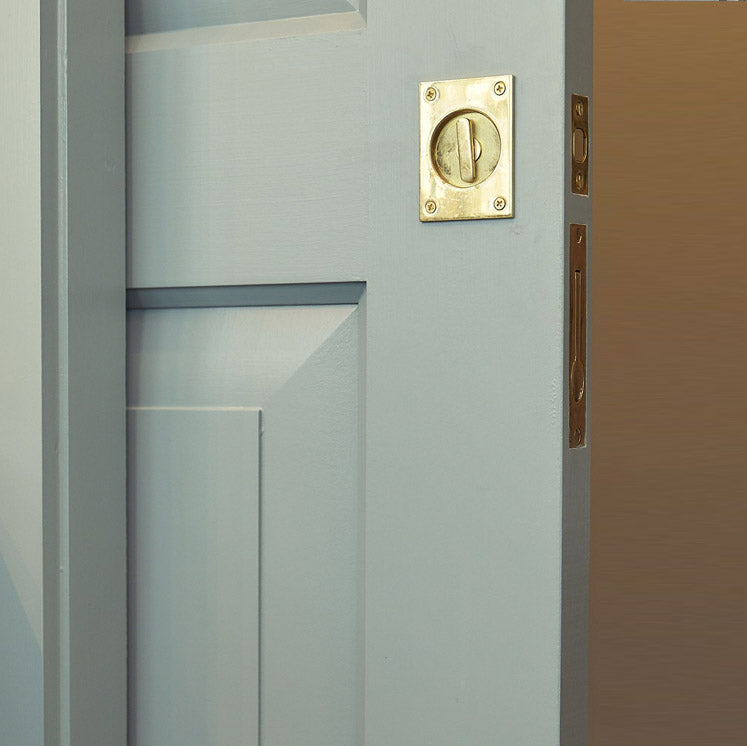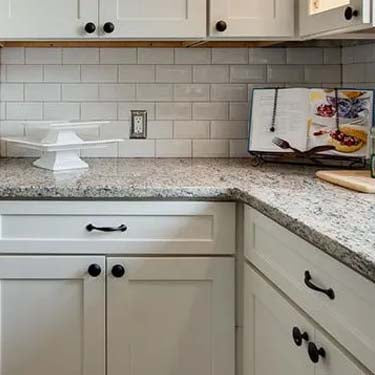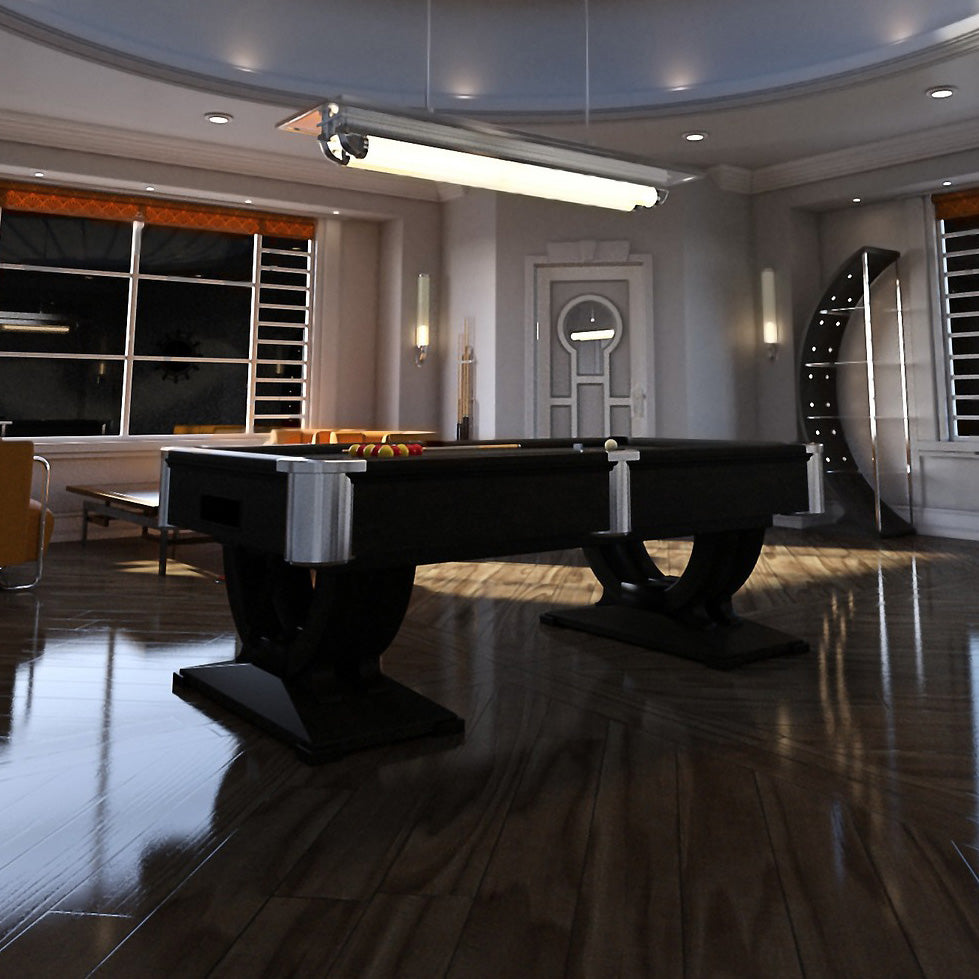History and Style of Italianate Architecture
Italianate architecture style became popular in the United States in the mid-19th century. This style was characterized by its large windows, stucco, and asymmetrical forms. Italianate style buildings were mainly created for residential purposes, as they represented an idealized version of Italian architecture, implementing features such as symmetry, columns, and domes. This article explores the history and style of Italianate style architecture and buildings.

History of Italianate Architecture:
Italianate architecture style originated in Italy in the late 16th century during the Renaissance period. It was part of the revival of classical architecture and included features such as symmetry, columns, and domes. The Italian architects Vignola and Palladio were some of the most prominent architects during this time, and their works had a significant influence on the development of Italianate style architecture.
In the United States, Italianate architecture style became popular during the mid-19th century. This was due to the influx of Italian immigrants who brought with them a sense of artistic style and a new appreciation for the aesthetic of Italian architecture. Furthermore, the popularity of the style was also due to the public’s fascination with the grandeur of Italian architecture, as many American architects began to build structures that mirrored the style.

Italianate Style Characteristics:
Italianate architecture style is characterized by its heavy ornamentation, asymmetrical forms, and large windows. These buildings were made of stucco and brick and often featured wrought-iron balconies and terraces. Italianate style buildings often had flat roofs and were decorated with decorative cornices and ornate brackets. They were also adorned with domes and cupolas, which were a popular feature of Italian architecture.
Italianate style buildings were designed to convey a sense of grandeur and elegance. They often included a central tower or portico, which served as the focal point of the building's design. The towers were often topped with a cupola or dome, which added to the building's overall height and grandeur. Italianate style buildings were designed with a sense of symmetry and balance. They often included a series of arched windows and doors, which were placed in a balanced pattern. These windows were often adorned with decorative pediments and lintels, which added to the building's overall beauty.

Examples of Italianate Style Architecture:
There are many examples of Italianate style architecture throughout the United States. One of the most famous examples is the Brooklyn Bridge, which was completed in 1883. The bridge features two large towers, each of which is topped with a gothic-inspired arch. The arches are adorned with ornate decoration, which adds to the building's grandeur.
Another example of Italianate style architecture is the Mark Twain House in Hartford, Connecticut. The house was built in the late 19th century and is notable for its extravagant design. The house features numerous balconies, a central tower, and a large front porch. The house is also adorned with ornate details, such as decorative cornices and brackets.

Italianate Architecture style is an architectural style that originated in Italy in the late 16th century during the Renaissance period. It later became popular in the United States during the mid-19th century, as many American architects began to build structures that mirrored Italian architecture. Italianate style buildings are characterized by their heavy ornamentation, asymmetrical forms, and large windows. They were designed to convey a sense of grandeur and elegance and often included a central tower or portico, which served as the focal point of the building's design. There are many examples of Italianate style architecture throughout the United States, including the Brooklyn Bridge and the Mark Twain House.























Leave a comment